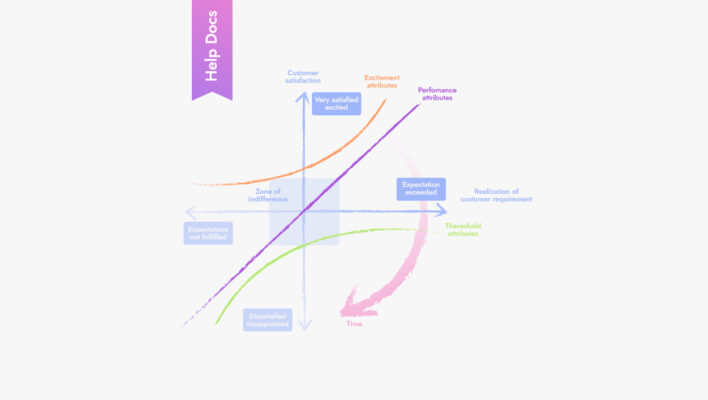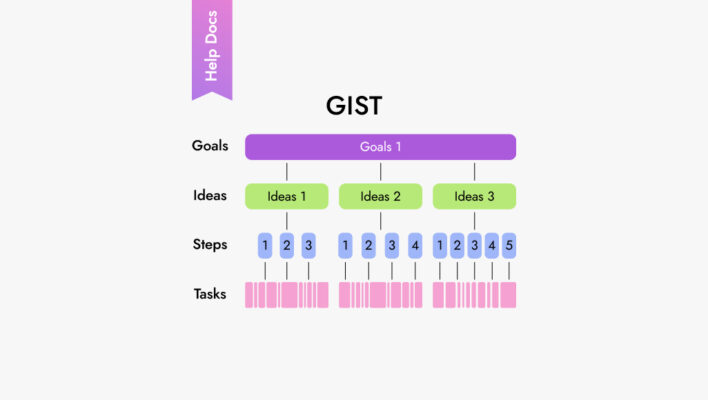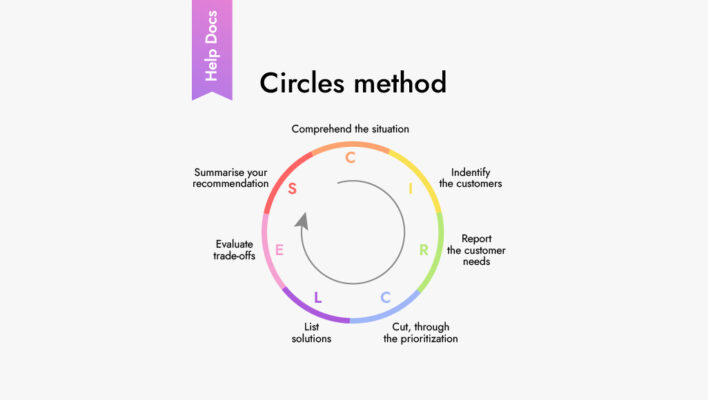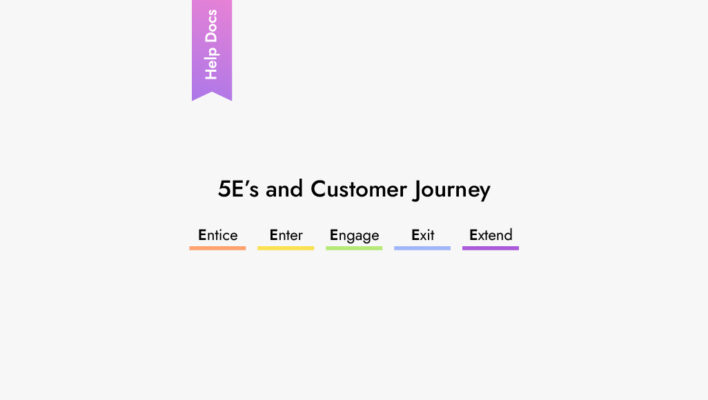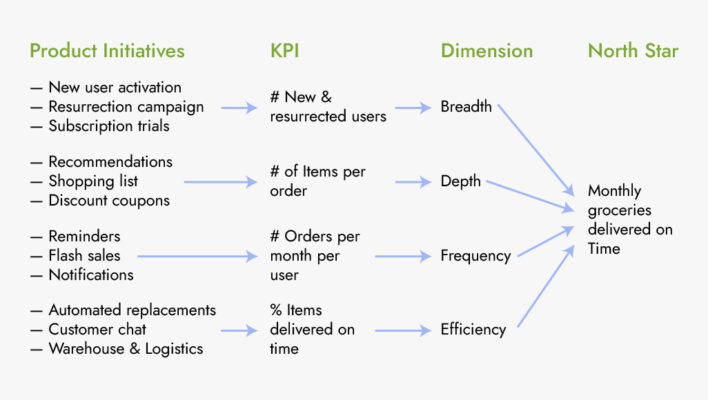How to brainstorm smartly to generate profitable business ideas?
Brainstorming is valuable for generating fresh solutions and insights when building business ideas. The power of brainstorming lies not only in developing unconventional options but also in gaining a deeper understanding of your business’s pain points and areas that require your attention.
In this article, you will learn how to use brainstorming for business effectively and get familiar with practical techniques and rules of brainstorming…

Rules and steps of the brainstorming process
Brainstorming is a creative process that generates many ideas, solutions, or possibilities through open and unrestrained thinking. It typically involves teammates collectively sharing their thoughts and suggestions in a non-judgmental and free-flowing manner. The purpose of brainstorming is to uncover unique insights that can lead to valuable outcomes in problem-solving, decision-making, and idea generation.
When you conduct the brainstorming process, you will probably do it in a group setting. However, you can incorporate elements of individual brainstorming to make the process more effective. Additionally, you could use the power of AI language models like GPT. It can provide helpful assistance in brainstorming by offering diverse perspectives and generating new ideas.
Just put in questions or instructions related to your campaign goals, target audience, or desired outcomes. For instance, you could ask GPT, “What creative and impactful marketing strategies reach millennials?”

These ideas can inspire, spark new perspectives, and provide fresh insights you might not have considered initially.
Use the following steps of brainstorming to set up this standard process with the team:
- Clearly articulate the problem or goal you want to address through brainstorming. It will help you focus and guide meetings. For example, let’s say you’re working on improving customer satisfaction for an e-commerce platform. By clearly stating the goal as “Enhancing NPS from X to Y,” you provide a focused direction for the brainstorming session, ensuring that all generated ideas are relevant to the goal.
- Gather relevant information and conduct research on the topic at hand. This will allow participants to have a solid understanding of the topic and generate more informed ideas. For instance, you could gather your company NPS rate story, customer feedback, analyze market trends, and study successful customer satisfaction strategies in e-commerce or other industries. This research will provide participants with a solid understanding of the topic, enabling them to generate more informed and effective ideas during the brainstorming session.
- Encourage participants to brainstorm and generate as many ideas as possible. Quantity is vital at this stage, so encourage a free flow of ideas without judgment or evaluation. Storist recommends you pay attention to the book by Austin Kleon, “Steal Like an Artist: 10 Things Nobody Told You About Being Creative,” which can significantly assist in generating ideas. Kleon’s insights and practical advice serve as a valuable resource to expand creative thinking and overcome the limitations of traditional brainstorming.

- Once a pool of ideas has been generated, group similar ideas together and identify common themes or categories. This will help organize and structure them for further analysis.
- Evaluate the generated ideas based on predefined criteria such as feasibility, market potential, and alignment with the goal. Select the most promising ideas that have the potential for implementation and success. At this stage, you could employ The Six Thinking Hats technique to improve the evaluation process and select the most promising ideas.
- Create a detailed plan for the selected ideas. Define specific steps, assign responsibilities, set timelines, and allocate resources to implement the selected ideas effectively.
Remember that the brainstorming process can be dynamic, and these steps can be adjusted or expanded based on the specific needs and dynamics of the brainstorming session.
It’s equally important to establish a set of rules to guide the process. These brainstorming rules include fostering a non-judgmental environment where all ideas are welcomed. In brainstorming, prioritize quantity over quality to explore various possibilities and encourage active participation. Embrace wild and unconventional ideas while building upon and expanding existing ones, ensuring everyone gets involved. Following these rules makes a brainstorming session more inclusive, productive, and fruitful in generating innovative ideas.
Practical techniques for generating unique business ideas
Effective techniques can make a significant difference when trying to generate profitable business ideas by smart brainstorming. Here are some powerful techniques to consider:
The Mind map
Mind mapping is a visual and structured technique for idea exploration. Start by placing a main idea at the center of a page and draw branches towards related sub topics or concepts. This method allows you to visually organize thoughts and highlight the connections that might have been overlooked.

Mind mapping is a versatile technique used to enhance idea generation and organization in various scenarios. Here’s a breakdown of how to effectively use mind mapping:
- Expand with Keywords or Short Phrases. Instead of writing long sentences, use keywords or short phrases to capture ideas and key points on each branch. These act as triggers for further exploration and expansion.
- Look for connections and associations between branches and subtopics. Use lines, arrows, or visual cues to link related ideas together. This helps to identify relationships, patterns, and potential intersections between concepts.
- Keep it visual. Utilize colors, symbols, icons, and images to enhance visual appeal and improve memory retention. This makes the mind map more engaging and stimulates creative thinking.
- Review and refine your mind map once you’ve captured many ideas. Identify gaps or areas needing further exploration and add or modify branches accordingly.
- Use Software or Traditional Tools. Mind mapping can be done using specialized software, such as MindMeister or XMind, or with traditional tools like pen and paper or a whiteboard. Choose the method that suits your preferences and allows for easy editing and rearrangement of ideas.
Random Word Association
Random word association is a technique that encourages thinking outside the box by connecting unrelated words or concepts. Start with a random word or phrase and brainstorm ideas that come to mind based on the connection between that word and your business goal.
This technique stimulates unconventional thinking and can lead to unexpected and innovative ideas. For example, when brainstorming ideas for a new restaurant concept, a random word like “ocean” might spark ideas related to seafood-themed menus, beach-inspired ambiance, or unique marine-themed branding.
The SCAMPER
The SCAMPER technique is a creative thinking method that helps generate ideas by stimulating individuals to explore different dimensions of an existing idea or problem. Each letter in the acronym represents a different questioning technique:
S — Substitute: Consider substituting elements or components of the idea with alternatives.
The question you could ask: “What can I substitute to make it more effective or efficient?”
C — Combine: Explore possibilities of combining different elements, concepts, or ideas.
The question to ask: “What can I combine to create a new and improved solution?”
A — Adapt: Focus on adapting or modifying existing elements to suit the desired outcome better.
The question to ask: “How can I adapt this idea to meet the needs of my target audience better?”
M — Modify: Consider making modifications or changes to various aspects of the idea, such as size, shape, color, or functionality. The question to ask: “What can I modify to enhance the overall experience?”
P — Put to another use: Explore alternative applications or contexts for the idea.
The question to ask: “How else can this idea be used to solve a different problem?”
E — Eliminate: Identify elements or components that can be removed or simplified without compromising the core concept.
The question to ask: “What can I eliminate to rationalize the process?”
R – Reverse or Rearrange: Challenge the existing order or sequence of elements within the idea. The question to ask: “What happens if I reverse the order or rearrange the steps?”
Using the SCAMPER technique, individuals or teams can systematically question and explore different dimensions of an idea, leading to creative insights and innovative solutions. It encourages thinking outside the box, promotes flexibility, and helps uncover new possibilities that may not have been considered initially. This brainstorm technique can be applied to various areas, such as product development, process organizing, marketing strategies, and problem-solving in business contexts.Michael Michalko’s book “Thinkertoys: A Handbook of Creative Thinking Techniques” can be a valuable resource for understanding and effectively utilizing the SCAMPER technique. In the book, Michalko provides detailed explanations and practical examples of various creative thinking methods, including SCAMPER.

SWOT Analysis
SWOT analysis is another powerful technique for evaluating business ideas. It involves assessing the strengths and weaknesses of the idea, identifying the potential opportunities it presents in the market, and considering any external threats that might affect its success.

By conducting a SWOT analysis, you can gain insights into unique selling points, identify potential challenges, and make informed decisions about the viability of the business idea. For instance, when brainstorming a new product launch, conducting a SWOT analysis can help you understand the competitive landscape, market gaps, and potential risks associated with the launch.
SWOT analysis helps businesses understand the internal and external factors influencing their ideas. By conducting a SWOT analysis, companies can:
- Identify unique selling points and competitive advantages to differentiate their ideas in the market.
- Recognize areas of improvement and address weaknesses to enhance the overall feasibility and profitability of the idea.
- Capitalize on emerging opportunities and align their ideas with market demands.
- Mitigate risks and develop contingency plans to overcome potential threats.
- Make informed decisions, develop robust strategies, and allocate resources effectively based on the analysis outcomes.
Whichever brainstorming technique you choose, embracing and fostering creative thinking cannot be overestimated. Creativity thinking allows us to break free from conventional patterns, explore new possibilities, and generate innovative ideas that can potentially drive us to huge profits . In order to elevate your creative skills and unlock your full potential, join Storist interactive trainer and work on your soft skills for 10 minutes daily.


